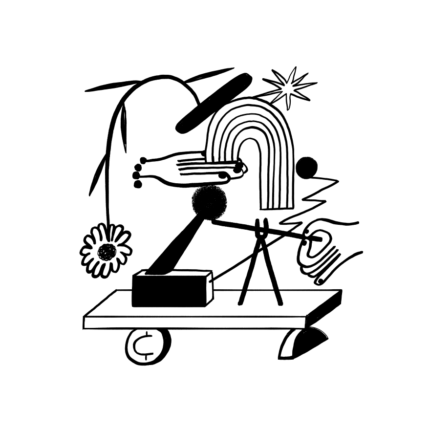
So, I tried telemedicine for the first time…
I put off my last physical until right before the pandemic. My only option for getting this done soon became my first-ever telehealth appointment… here’s how it went.
When things started to lock down in New York City, doctors began offering telemedicine appointments instead of asking patients to put their health at risk by coming into the office. And since I’ve decided to actively consider my preventive care measures (yes, inspired by coronavirus), I figured I’d give it a shot.
The appointment itself
On the day of my appointment, I filled out a few forms to submit online and waited to receive a call at 11 a.m. When my phone rang, it was the same doctor I always see, which was particularly nice given the strange newness of this whole thing.
I found it a little weird not to have my vitals checked, or to answer questions from a nurse before being seen. And honestly, I had a work meeting at noon and was afraid that the doctor would be “late.” From my experience, in-office visits don’t usually happen exactly according to schedule…
But nope! To my surprise, it was truly smooth sailing. After answering a couple more in-depth questions specific to my condition, I got my prescription called in as usual. All said and done, it took about 15 minutes. Talk about convenience.
Telemedicine’s advantages
As proved true in my experience, the convenience factor of telemedicine ranks high on the list of positives. And in the practical sense, telemedicine encourages preventative care and maintenance of health conditions with ease, two ways smart health care consumers can do their part to manage their wellness (and the cost of it).
A comparative study tested out a new telemedicine platform and found that out of the nearly 400 test subjects, one third had significantly reduced hospital stays over the course of the next six months when utilizing this service. The participants also saved an unspecified amount on their overall health care costs as a result of using telemedicine services. Score. It was also really, really nice to be able to pay for my copay using my health savings account (HSA)… no skin off my checking account!
It’s keeping me safe
Especially during these strange times, it gave me great comfort to know I did not have to expose myself to anyone else’s germs in order to take care of my health. It may feel counterintuitive, but we’ve all seen those signs in the waiting room: “if you think you are sick, please wear a mask and cough into your elbow.” Funny, we’re all wearing masks now, huh?
And while I have become an even bigger germaphobe since this all started, that has both its positives and negatives. I work full time from home and my immune system is definitely not prepared to handle the new strains of viruses that could be in a doctor’s office right now. Especially those who are there for reasons that are more serious than a check-up. I want to keep myself healthy as well as those around me.
To my delight, I also researched telemedicine to find that there is a wide range of services offered via video conferencing. For example, did you know you can talk to a therapist? A dentist? It’s amazing. This can help more people reach qualified services without the need for travel (something that supports better health in rural communities too!)
Lingering questions
Is telemedicine too impersonal? Maybe. What if a patient is in denial about a pretty serious health problem and hides this information from his or her doctor? I would think that the best way to manage telemedicine is through video conferencing. The ability to see someone could highlight specific conditions with visual symptoms.
And of course, are people ready and able to handle the additional technology requirements of participating in telemedicine? Unless someone has access to a suitable computer or mobile device, understands how to launch the application for the video conference, and isn’t afraid of talking with any doctor about their health concerns, it could get dicey. Depending on how long this persists as the norm, we’ll need to adapt. And I’m sure we will.


